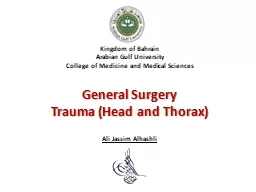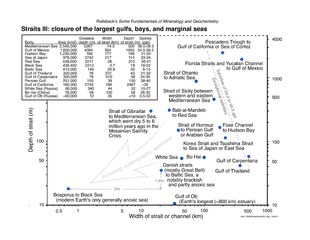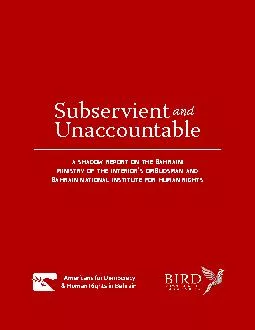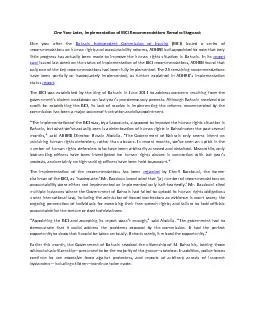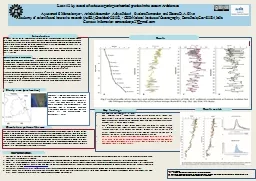PPT-Kingdom of Bahrain Arabian Gulf University
Author : daisy | Published Date : 2022-04-06
College of Medicine and Medical Sciences Ali Jassim Alhashli General Surgery Trauma Head and Thorax HEAD TRAUMA Introduction It is the leading cause of traumatic
Presentation Embed Code
Download Presentation
Download Presentation The PPT/PDF document "Kingdom of Bahrain Arabian Gulf Universi..." is the property of its rightful owner. Permission is granted to download and print the materials on this website for personal, non-commercial use only, and to display it on your personal computer provided you do not modify the materials and that you retain all copyright notices contained in the materials. By downloading content from our website, you accept the terms of this agreement.
Kingdom of Bahrain Arabian Gulf University: Transcript
Download Rules Of Document
"Kingdom of Bahrain Arabian Gulf University"The content belongs to its owner. You may download and print it for personal use, without modification, and keep all copyright notices. By downloading, you agree to these terms.
Related Documents

